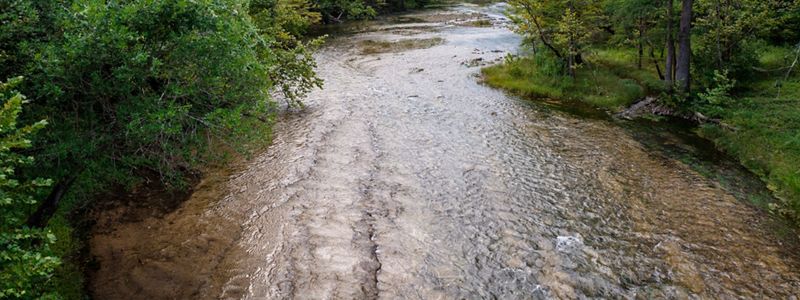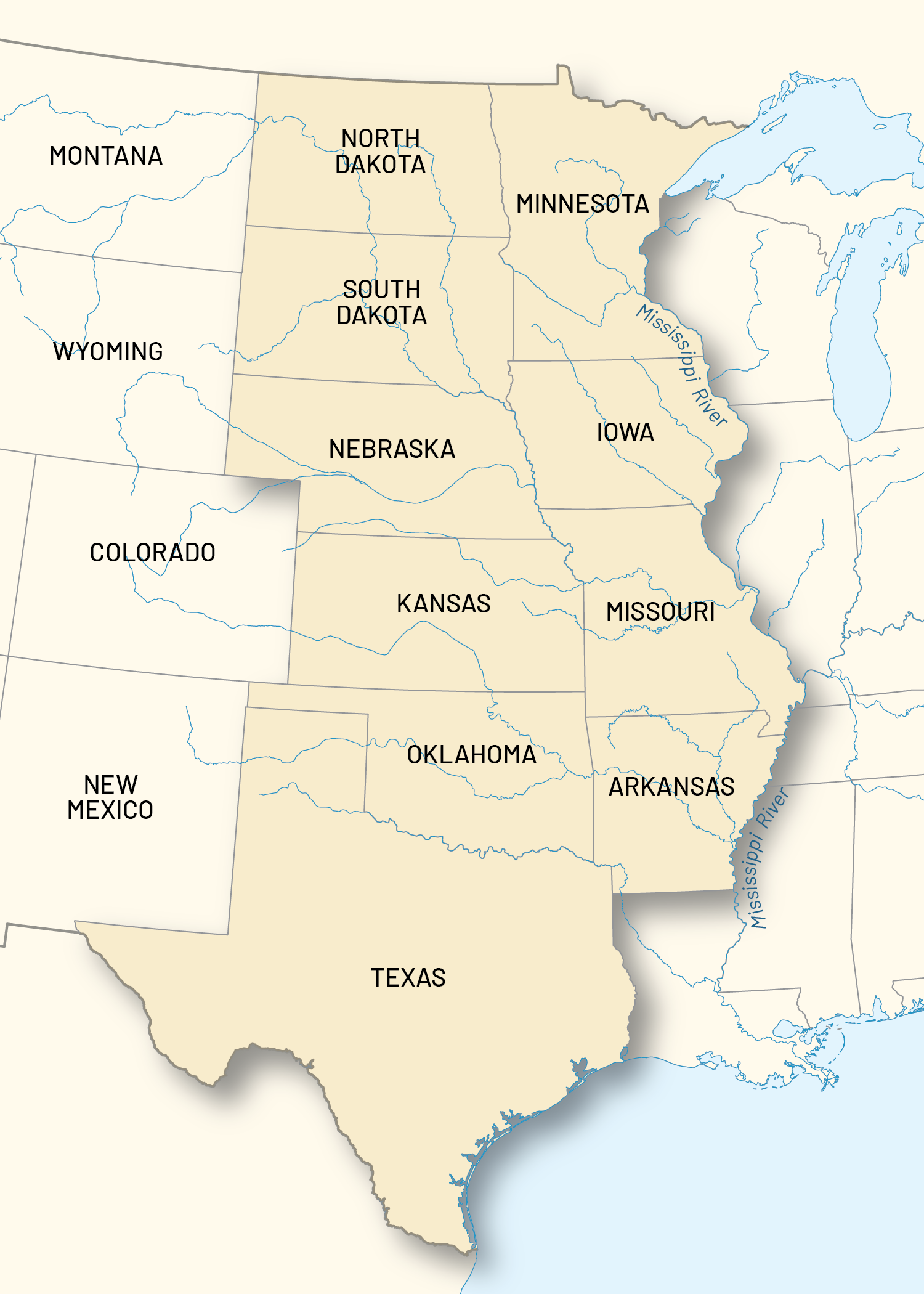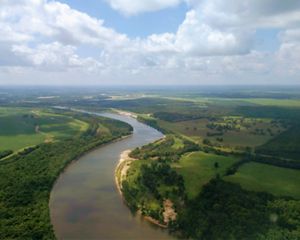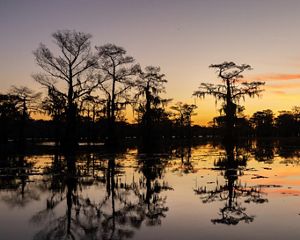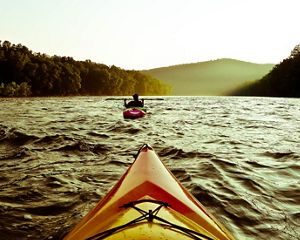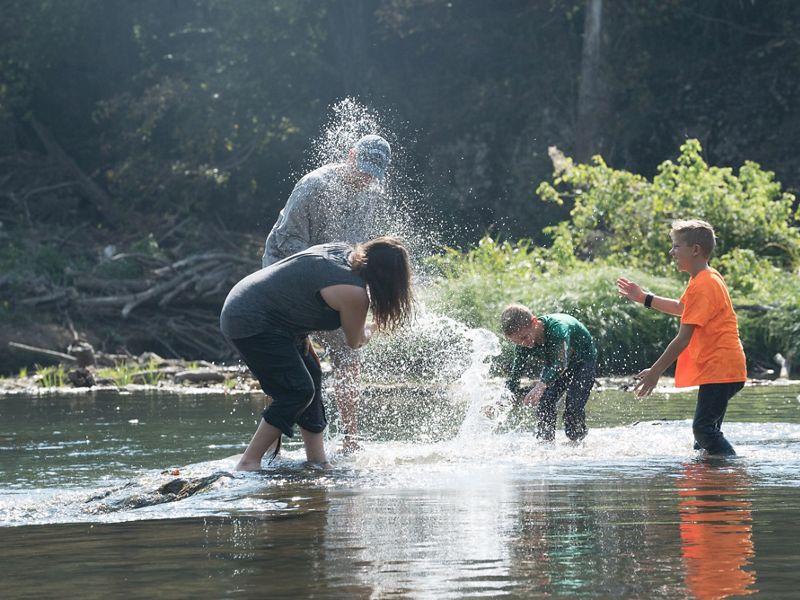
Langille-Hoppe Family Volunteers at the Recycle for Nature program at Oka' Yanahli Preserve along the Blue River near Ada, Oklahoma. © Bill Marr/TNC
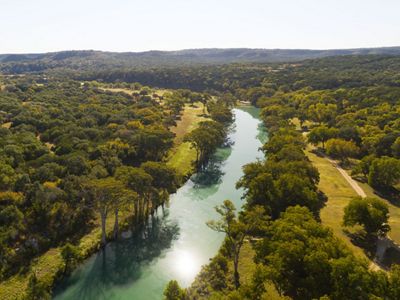
From sunny prairies to working ranchlands to shade-dappled forests, Great Plains landscapes are shaped by rivers and streams that carve landscapes, support communities and sustain diverse plant and animal life.
But our rivers are at risk. Great Plains rivers—including the Mighty Mississippi and its tributaries—face major threats from industrial pollution, deforestation, unsustainable farming and climate change. And in an attempt to control their flow and direction, we’ve unintentionally put people and nature at risk by disconnecting rivers and streams from the land around them.
In the Great Plains, almost 212 million acres of cropland affect 843,596 miles of streams, causing water quality issues and disrupted flow patterns. U.S. Army Corps of Engineers dams and infrastructure influence 53,000 miles of rivers across the U.S., about half of which are in this region.
TNC’s Global Freshwater Goals
By 2030, we will:
-
1M
Safeguard or restore at least 1 million kilometers of healthy rivers and streams—enough to stretch around the globe 25 times.
-
30M
Conserve 30 million hectares of healthy lakes, wetlands, deltas and floodplains.
-
10M
Ensure over 10 million people benefit directly from healthy freshwater ecosystems.
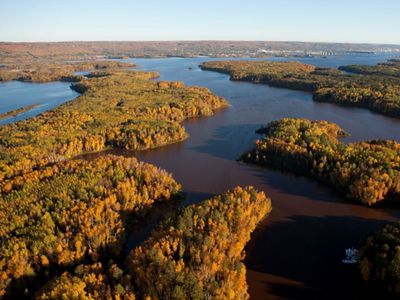
And yet rivers keep moving, demonstrating their resilience and inviting us to reconnect. Across the Great Plains, The Nature Conservancy is joining partners in answering the call and acting for rivers—from bringing back natural flows to restoring prairie wetlands and protecting land around crucial waterways.
Together, we can rediscover why healthy rivers matter.
Reconnecting Our Rivers and Streams
Learn how creative collaboration is helping restore rivers and streams across the Great Plains.
A Legacy Written in Water
At Cypress River Ranch, a Texas family partnered with TNC to protect Big Cypress Bayou by donating a portion of their water rights to the Texas Water Trust through TNC—the first-ever water right donated by a non-profit to the Trust. This voluntary agreement keeps water in the river to support wildlife, sustain flow during droughts, improve downstream water quality and ensure future generations inherit a thriving, healthy ranch.
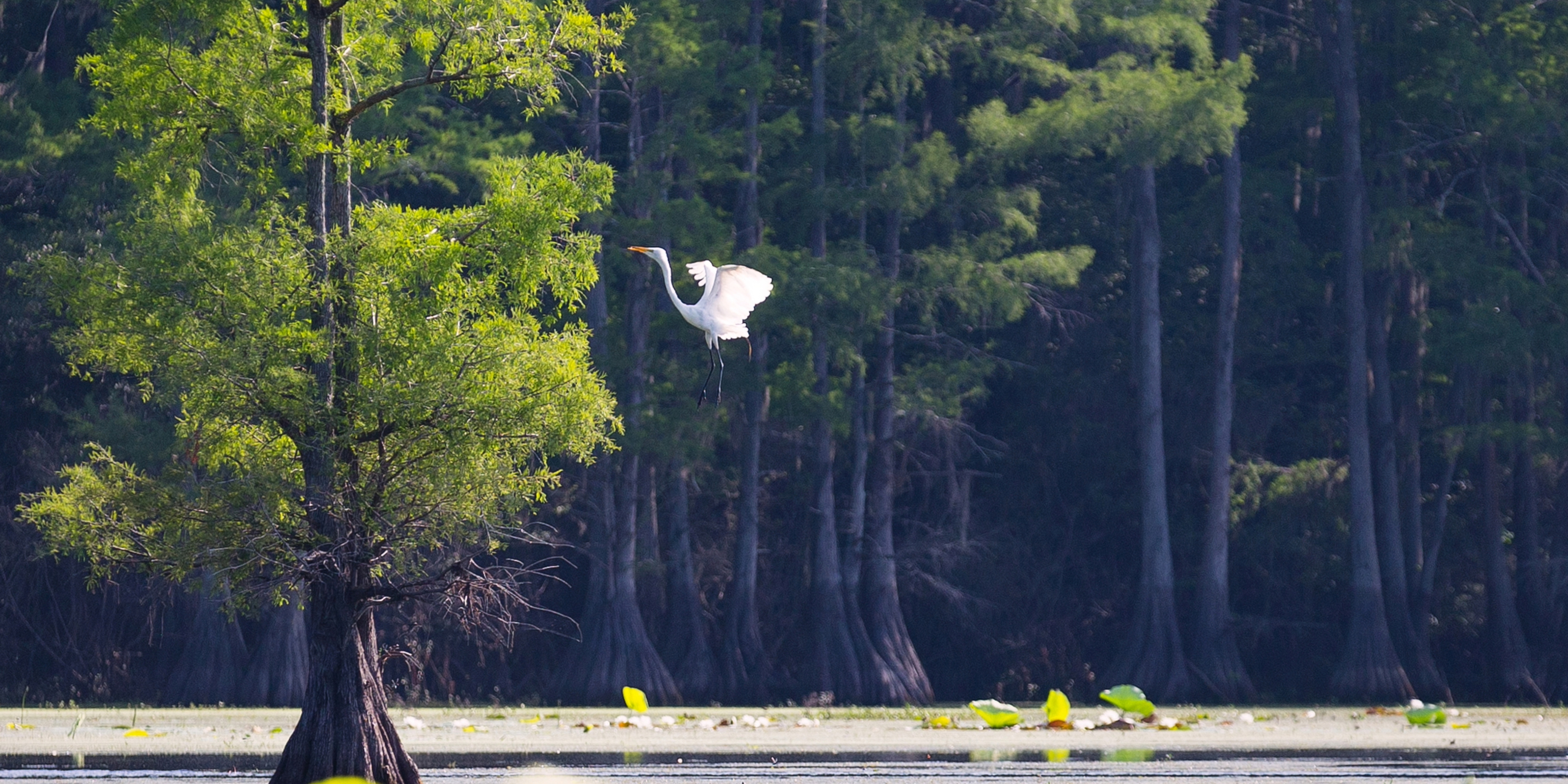
A Golden Opportunity for Conservation
To protect the headwaters of Honey Creek from a planned housing development in Central Texas, TNC worked with local landowners to permanently conserve 515 acres of ecologically sensitive land. The protection of this property has safeguarded habitat for endangered species, helped preserve clean drinking water for thousands of residents and expanded opportunities for outdoor recreation in the Honey Creek State Natural Area.
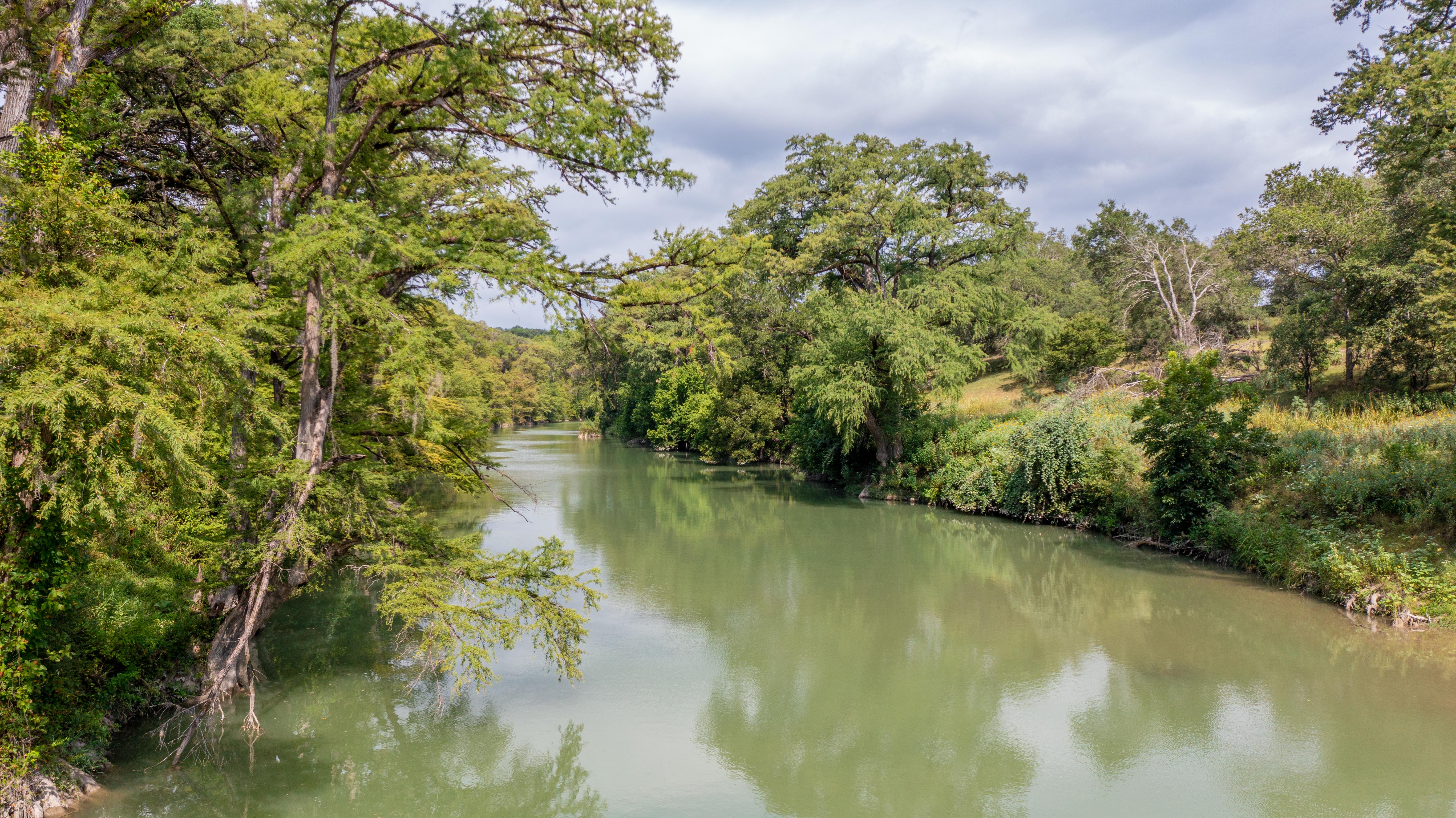
Clean Water Starts Here
In Minnesota’s Northwoods, where the Mississippi River begins, forests and wetlands filter water for millions of people and provide habitat for more than 350 species of mammals, birds and other wildlife. By working with partners to conserve 200,000 critical acres around the headwaters of the Mighty Mississippi, TNC is protecting the state’s waters while they are still healthy.
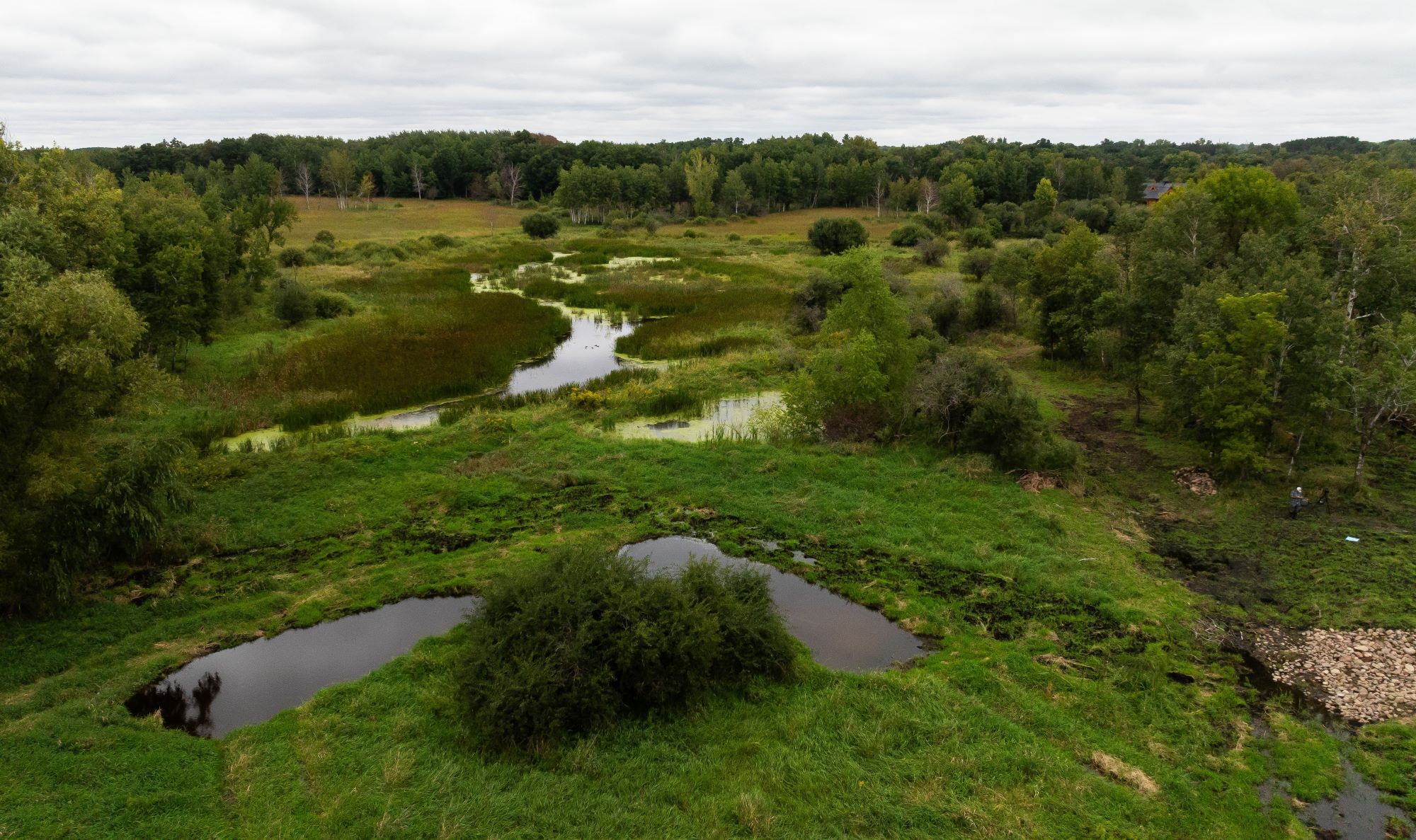
Tiny Fish, Big Recovery
A tiny, endangered fish is making a big comeback in Minnesota. By restoring more than 130 oxbow ponds, TNC and partners have revived vital freshwater habitat in grasslands. Now, Topeka shiners and dozens of other species thrive—proof that conservation and agriculture can coexist in working landscapes.
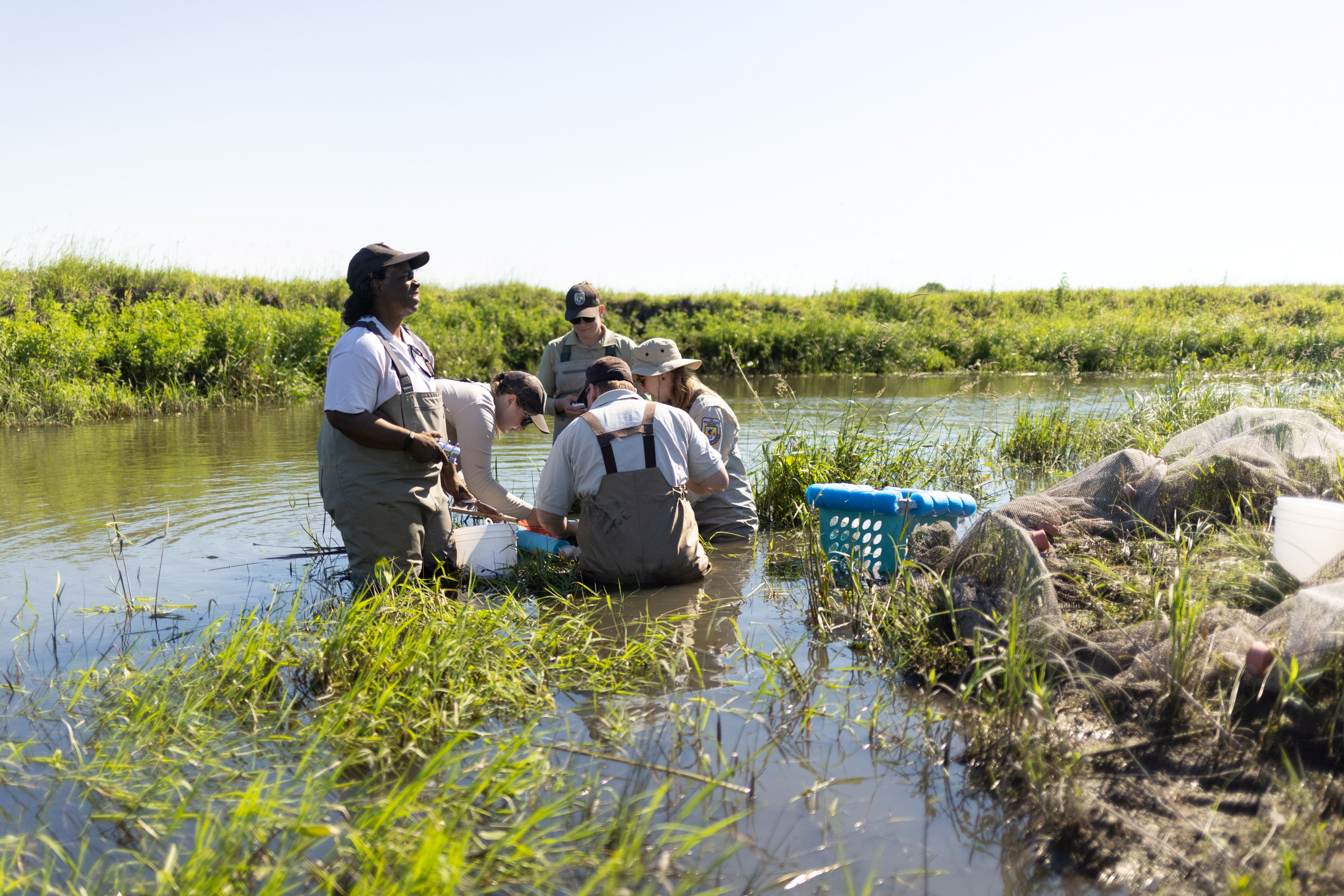
Powerful Partnerships
Of all the temperate grasslands in the world, the Nebraska Sandhills are the most intact—and TNC wants to keep them that way. In the last two years, TNC has expanded partnerships with ranchers to protect vulnerable grasslands and wetlands. Through fire management, voluntary land protection agreements and sustainable ranching practices, landowners are preserving wildlife habitat and keeping carbon in the soil.
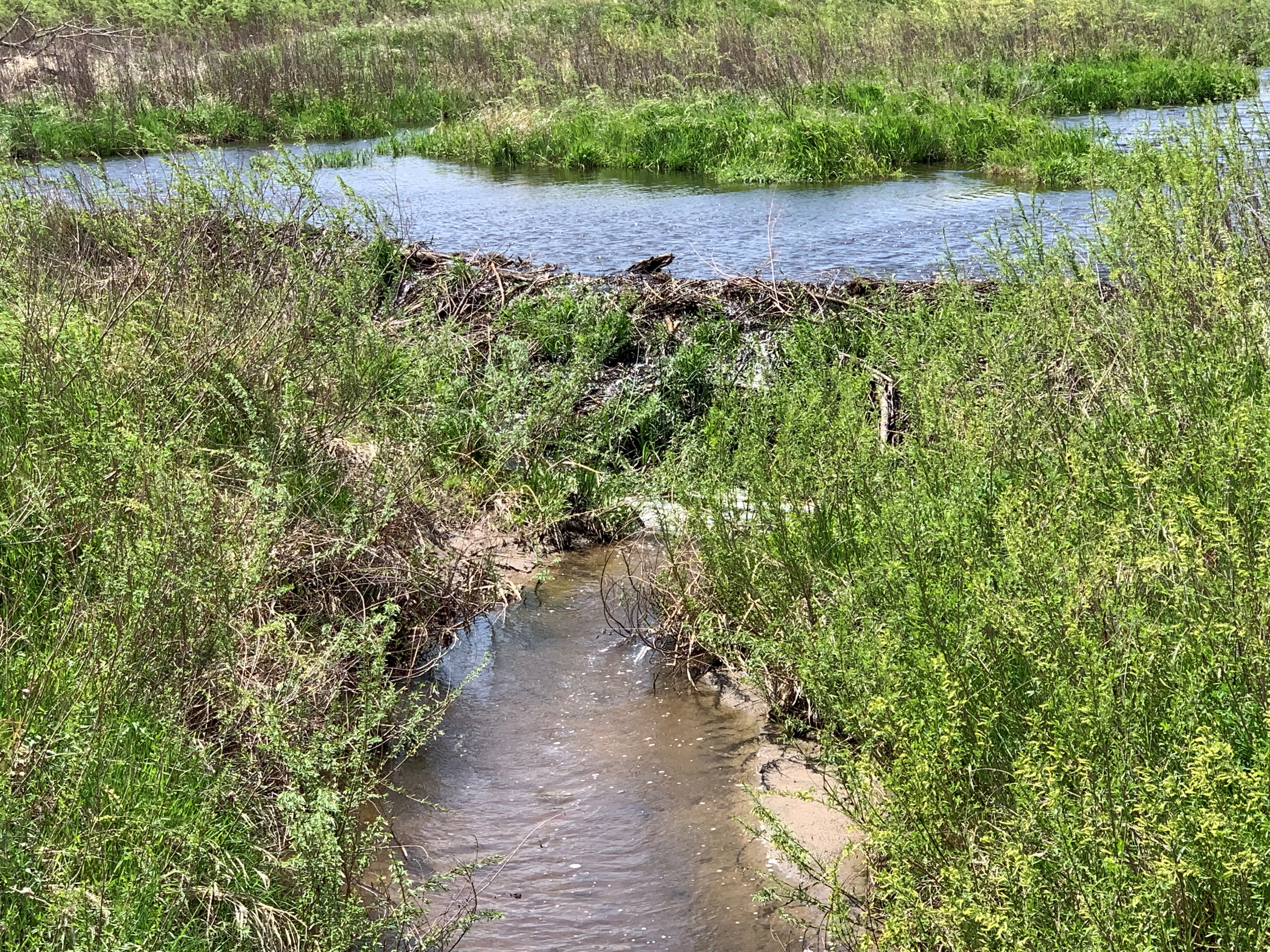
Big Lessons from Little Creek
On Missouri’s prairie, TNC rebuilt Little Creek to reconnect habitat for the endangered Topeka shiner. Native plants, gentle slopes and fish-friendly passages now support thriving aquatic life. This successful restoration—and others across the Great Plains—show how nature-based solutions can heal watersheds and inspire continuing freshwater conservation.
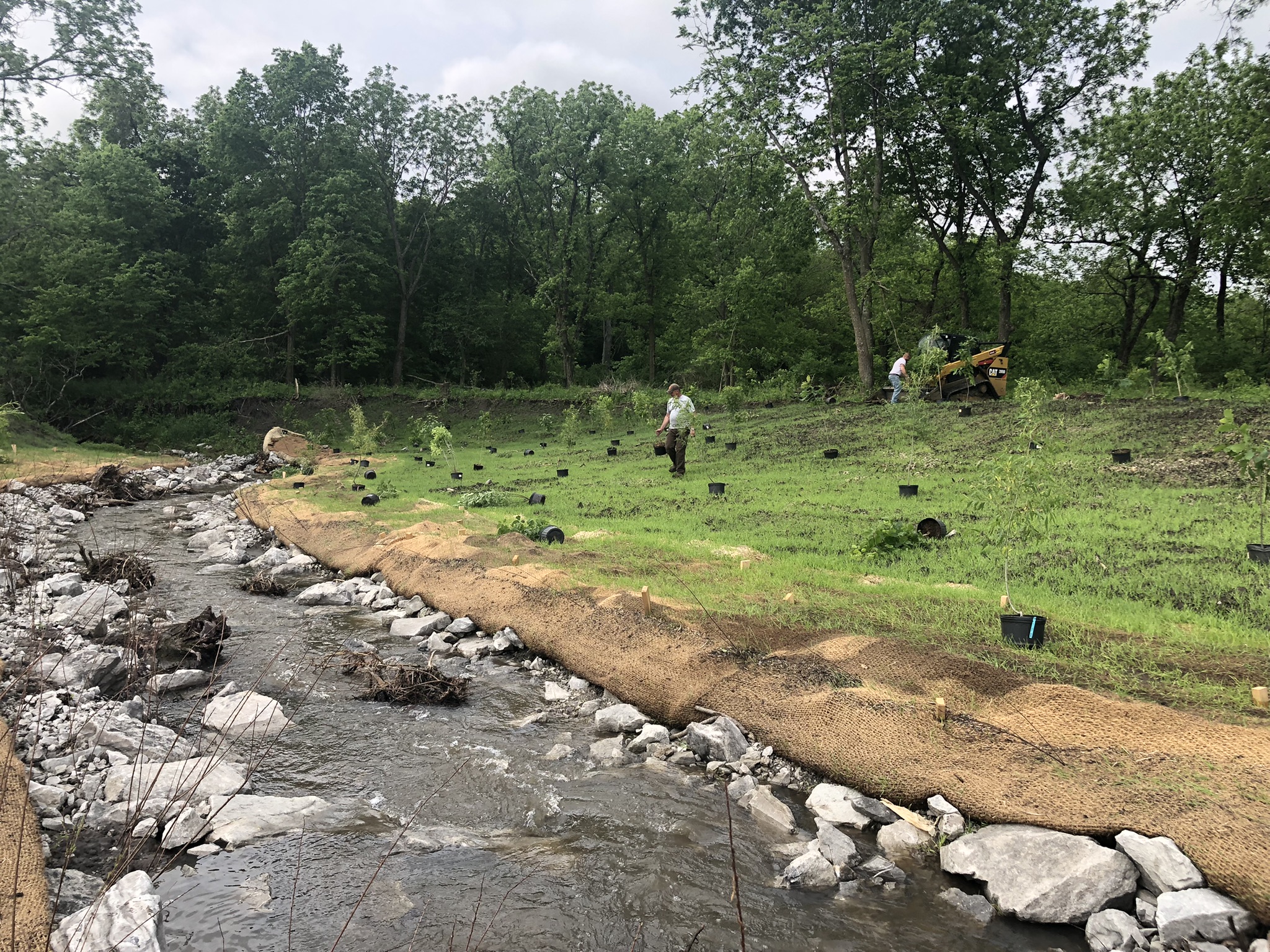
Building for the Future
After devastating floods in northwestern Missouri in 2019, TNC collaborated with local and federal partners to move five miles of levee inland to allow more room for floodwater. This project restored 1,000 acres of floodplains, reduced future flood risk and showed how nature and infrastructure can coexist.
Bridges to Biodiversity
TNC is restoring stream connectivity in the Ozarks by removing small dams and low-water crossings that block the movement of aquatic species. Through partnerships and innovative tools, we're connecting segmented waterways to protect biodiversity, improve infrastructure and help endangered fish like the Niangua darter thrive in the Interior Highlands region.
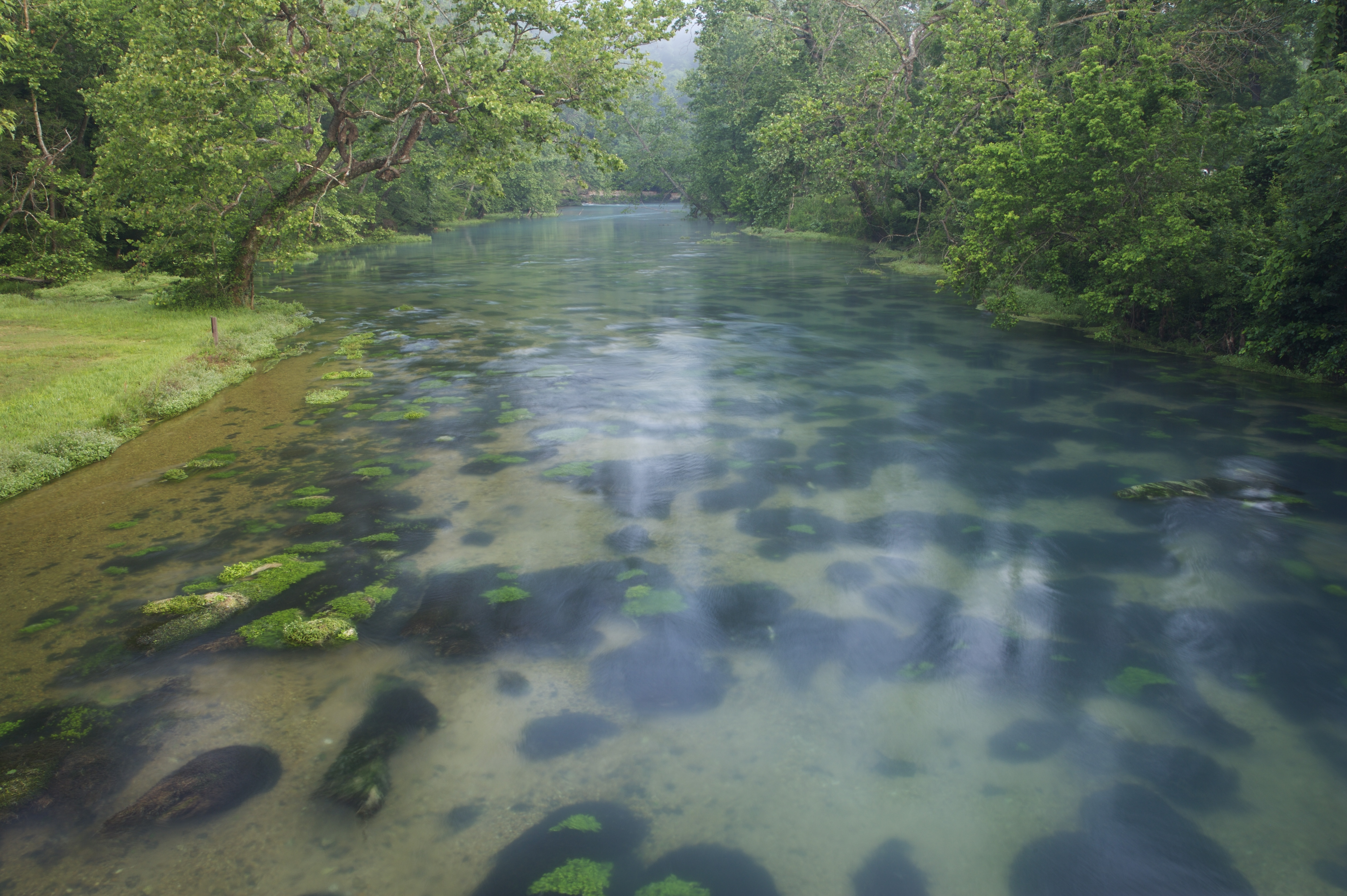
Oxbow Opportunities
In Iowa, TNC is partnering with landowners to restore oxbow wetlands, U-shaped ponds that were once part of meandering streams. These important wetlands filter farm runoff, reduce flooding and shelter wildlife.
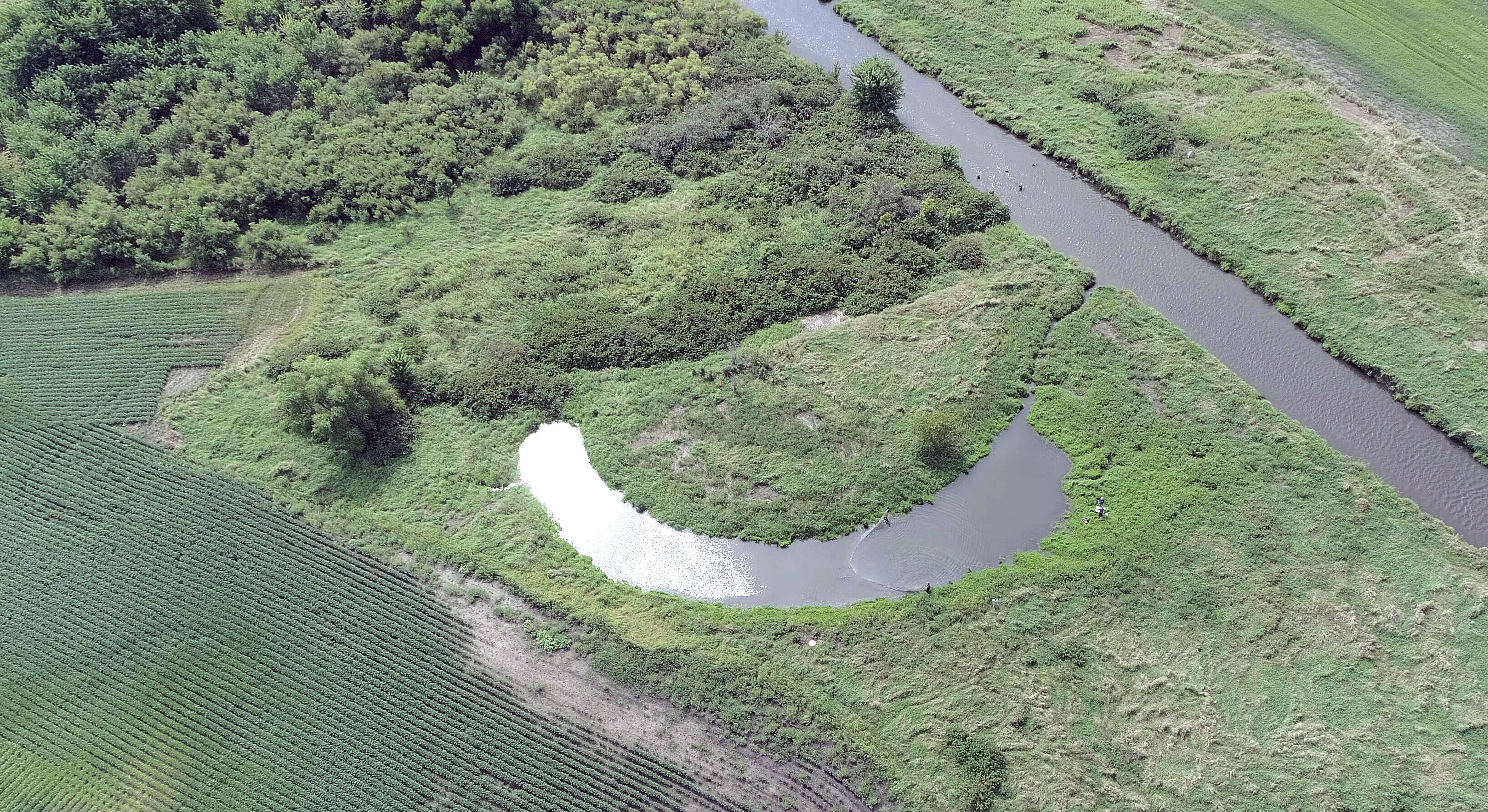
Restoring Natural Flows
TNC is helping restore natural flows to the Kansas River, which provides drinking water for 800,000 people. A partnership with the Army Corps of Engineers adjusts dam operations to support fish, improve water quality and balance human needs—reviving one of the world’s longest prairie rivers.
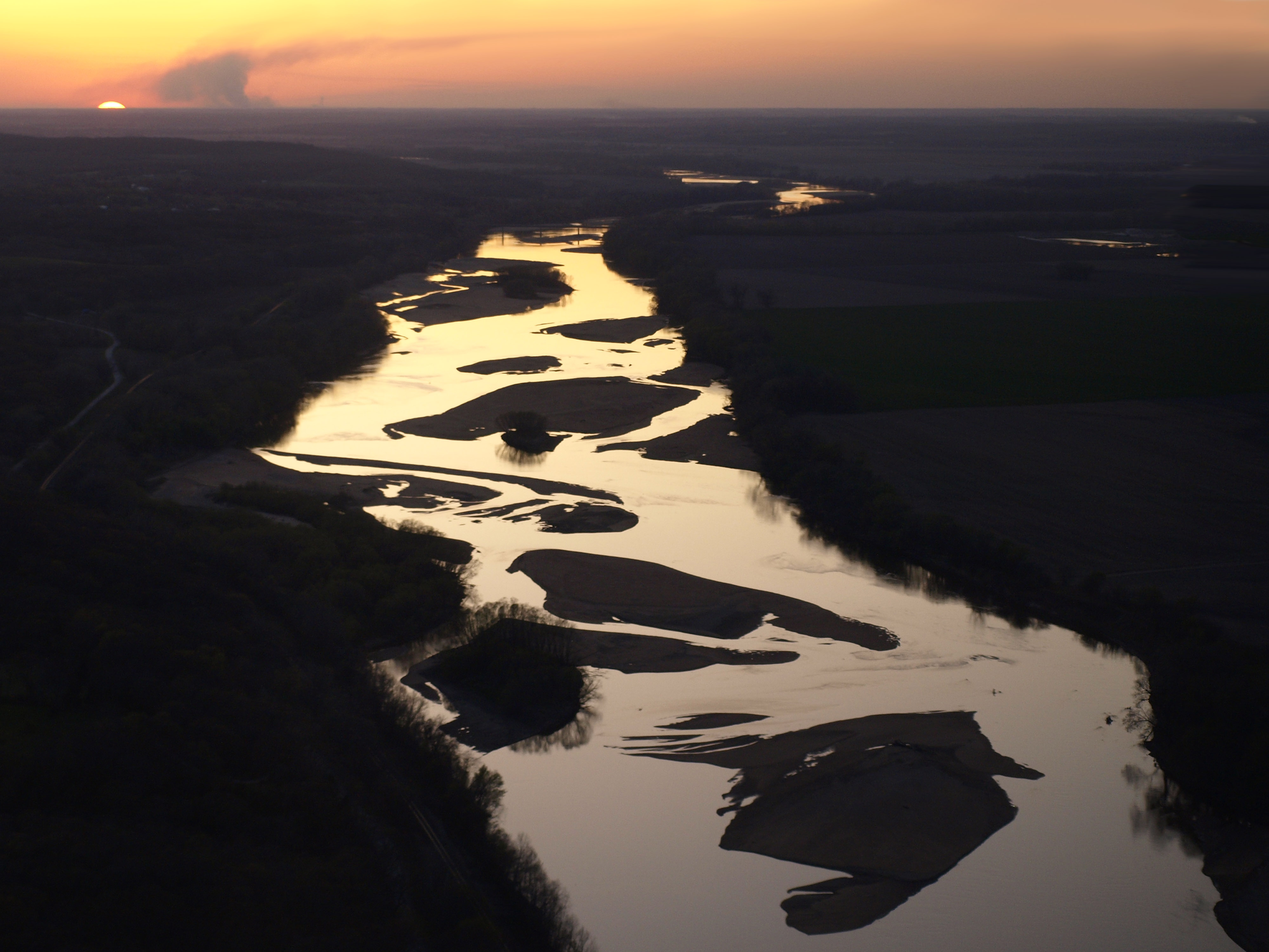
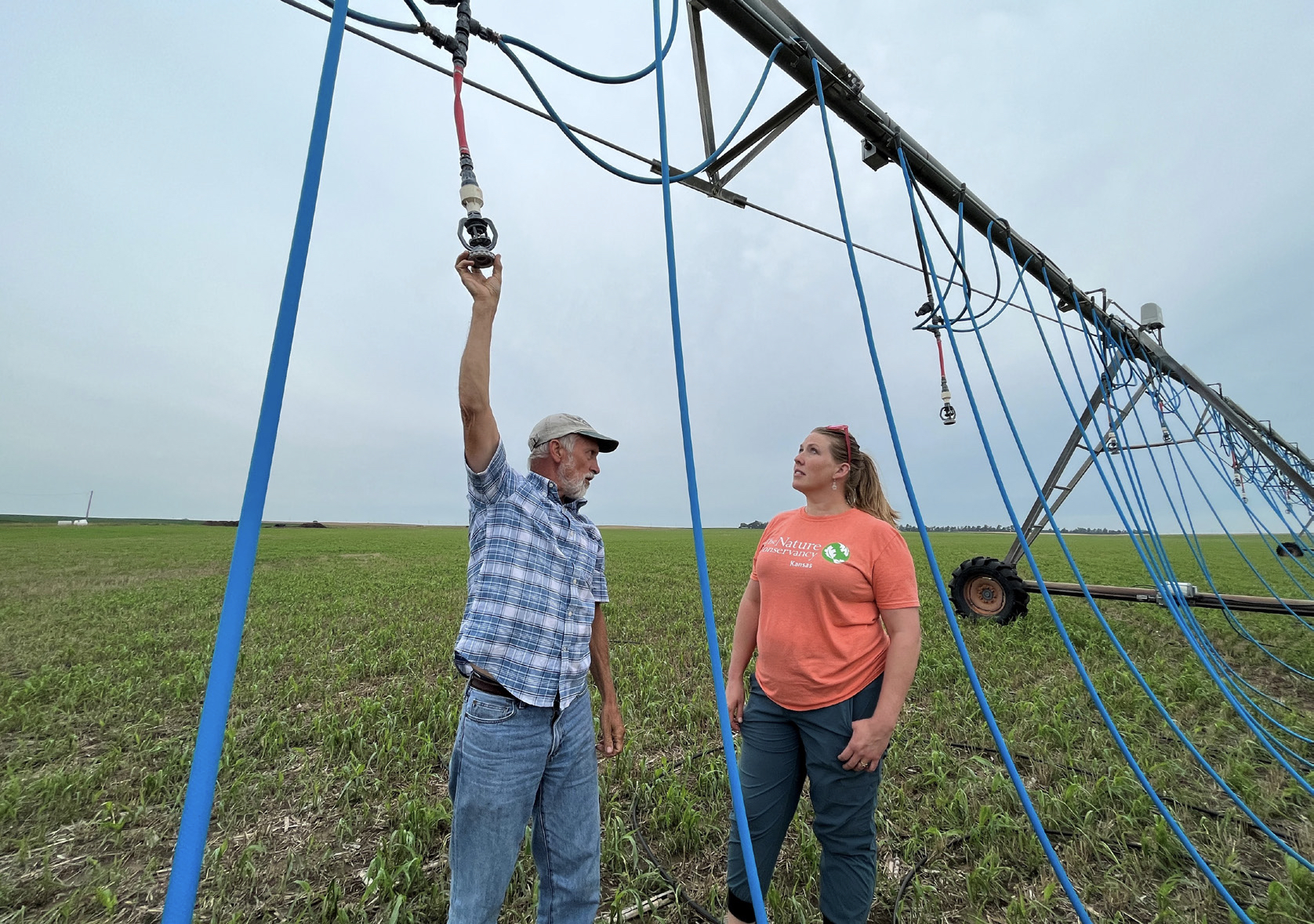
6 Questions for Heidi Mehl
Freshwater Director, TNC's Great Plains Division
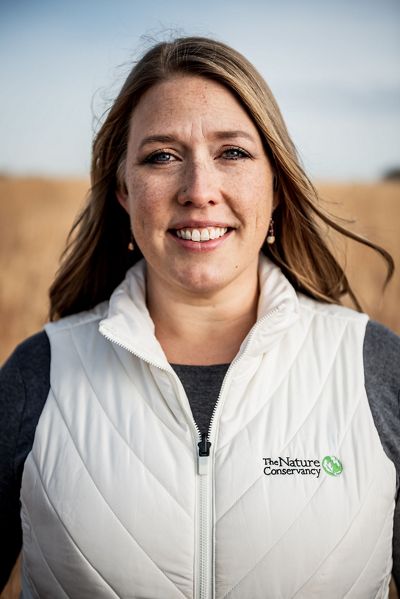
Water has always been central for Heidi Mehl, freshwater director for the Great Plains division of The Nature Conservancy. As a child, she caught frogs and salamanders in a creek near her Kansas home and saw people canoeing through her town’s streets during devastating floods. And in college, she spent three summers working with local communities in Siberia to test water quality in springs and rivers.
Today, she’s coordinating TNC’s freshwater work throughout the Great Plains, bringing people together so they can share knowledge and tackle big projects.
What are the specific challenges of freshwater conservation in the Great Plains?
In this region, we have very humid climates in the east and dryer climates in the west. In the eastern part of the Great Plains, we have challenges from flooding, erosion and water quality issues. In the west, the big issues are water scarcity, declining groundwater and different types of water quality issues. So our work in the Great Plains really reflects the diversity of these issues.
Why is this work important?
Water connects us all across communities and across landscapes. It's a crucial element that's needed by all living things. However, human activity has impacted freshwater ecosystems more than any other habitat type. Freshwater plants and animals have declined by 83% since 1970 and only a third of the world's longest rivers remain free-flowing. Wetlands are disappearing three times faster than tropical forests.
This not only affects freshwater plants and animals, but also compromises the water supply needed for human communities and for agricultural production. So it's really urgent that we adopt better ways to manage our water resources.
When we talk about reconnecting rivers, what does that mean?
Scientists think of reconnection in two ways. We can connect along the length of the river channels, from upstream to downstream. This includes things like removing dams or other human-made obstructions that allow fish to migrate and access more habitats.
We also think about reconnecting the river with its floodplains so it can move and ebb and flow and connect outside of its main channel. That’s done through things like levee removal or levee setbacks or managing the flow of water coming from dams.
All of these strategies help freshwater plants and animals and can also improve water quality for people.
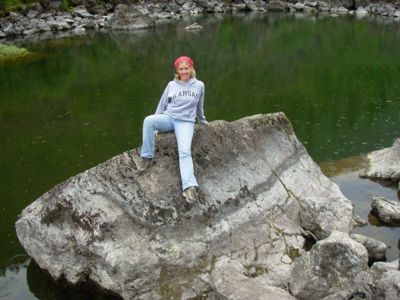
Why is it so important to restore floodplains?
In their natural state, rivers flow onto floodplains after large rainstorms, and those floodplains store the water and remove pollutants. But we’ve put up dams and levees and constricted these rivers to a narrow channel so that we could put homes, farms and other development on the floodplains.
The goal of water management has been to send as much water downstream as quickly as possible. And when you send floodwaters downstream, they have to go somewhere. Often, the areas that receive the floodwaters are more economically vulnerable, so there are equity issues.
We have a great partnership with the U.S. Army Corps of Engineers called the Sustainable Rivers Program. It allows us to manage the flow of water out of dams to better support aquatic habitats. In some cases, that also includes reconnecting floodplains.
What's the best part of your job?
I’m grateful every day because I feel really privileged to be doing something that I love and I'm passionate about—something that is hopefully leaving the world a better place for my daughter. She's six years old and I think about what kind of experiences she'll get to have in nature and how those experiences will shape who she becomes.
What brings you hope?
Forging partnerships and finding pragmatic solutions that work for both people and nature is such an important key to reshaping the way we manage our water resources. We can grow profitable crops and use water-smart farming practices. We can build cities and manage runoff to keep our streams healthy. We know how to do it. We just need to have the will to do it.
We Can’t Save Our Rivers Without You
Sign up to receive monthly conservation news and updates.
